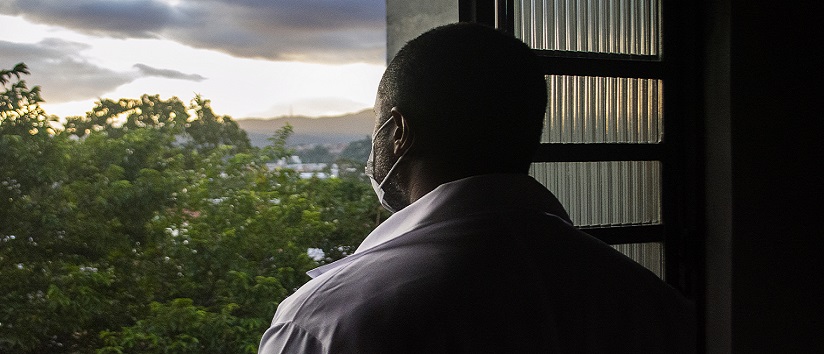Women and BAME communities report significant decline in mental health due to the pandemic
New research published in the journal PLOS ONE has quantified the mental distress caused by Covid-19 broken down by ethnicity and gender demographics.

While mental distress has increased across the board, the demographic groups that have experienced the most considerable deterioration in mental health compared to pre-pandemic levels have been men from ethnic minorities and all women regardless of ethnicity.
The researchers used data from the UK Household Longitudinal Study, comparing responses before the pandemic to the same participants in April 2020 taken during the first lockdown. A total of 14,523 individuals were involved, of which 91.5% of the individuals were White British, and 8.5% were Black Asian and Minority Ethnic (BAME). And of the BAME participants approximately 2% were of a Bangladeshi, Indian, and Pakistani (BIP) background or community, and 6.5% of a White other, Mixed, Black, Asian, or Arab background or community.
- See also: ‘Research suggests positive forward-thinking safeguards mental health during lockdowns’
- See also: ‘Understanding the image – collective trauma, and the psychological impact of racism’
- See also: ‘Get It Off Your Chest report finds that men’s mental health is under pressure’
Data conducted before and during pandemic indicates an average increase in mental distress for all citizens
Interestingly the data showed that mental distress varied considerably by ethnicity and gender, and all demographics experienced a comparatively larger deterioration in their mental wellbeing compared to White British men. Although, for White British men, there was also a decrease in mental wellbeing but remained relatively similar to pre-pandemic levels.
However, by breaking down and focusing on the BAME categorisation, it was striking that those participants from a BIP background or community had experienced the most dramatic increase in mental distress. Especially for BIP men as they went from the lowest reported mental distress pre-pandemic to the fourth highest. But also, for BIP women who reported a significant increase in mental health deterioration.
Moreover, all BAME communities experienced considerable increases in reported mental health difficulties, having collectively experienced the largest average increase. Although broken down by gender, women from all communities reported the highest levels of mental distress, and the most significant average increase – being the top three groups of reported anxiety.
The authors stated that the increases in mental distress by ethnicity could not be fully explained away by socioeconomic reasons. However, they theorised that the mental health decline among minority groups might be due to the increased isolation they experienced in the first lockdown and by the social distancing requirements compared to the White British population.
While the researchers admitted that this study may be limited, as only 1,066 of the participants defined themselves as BAME, and because the survey was conducted relatively early at the start of the pandemic. But the researchers concluded that the pandemic might have particularly influenced the mental wellbeing of women and BAME individuals. They recommended that policymakers concentrate on allocating resources to investigate whether this is a continuous trend and further examine the potential causes of the link between gender, ethnicity, and mental wellbeing during the era of Covid-19.
Comments
Write a Comment
Comment Submitted